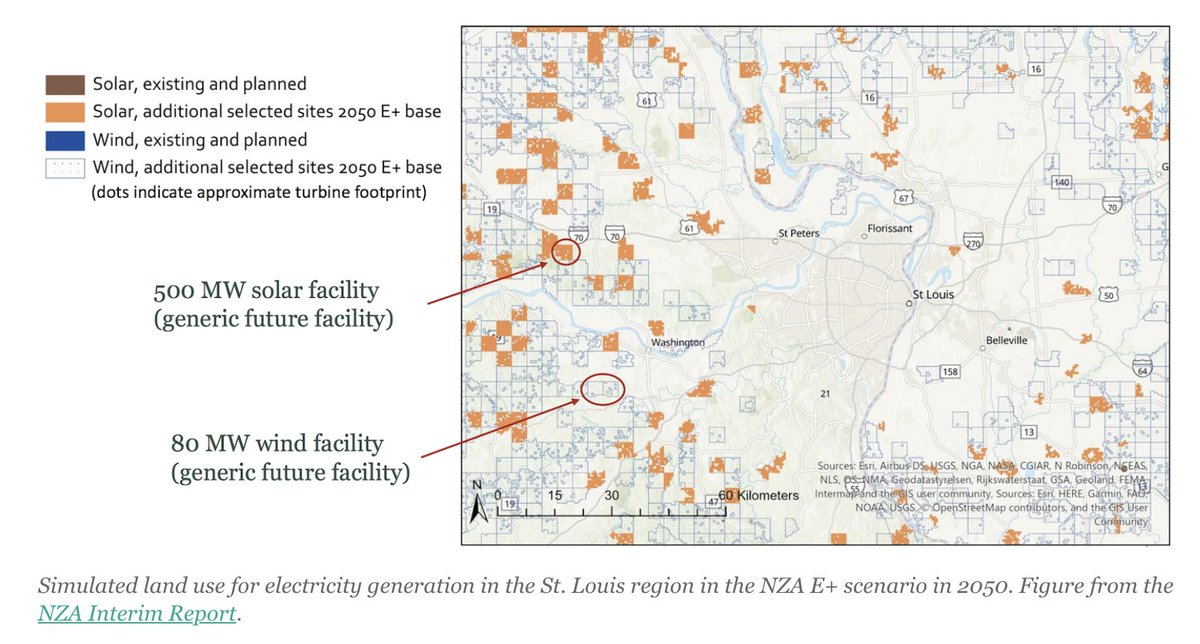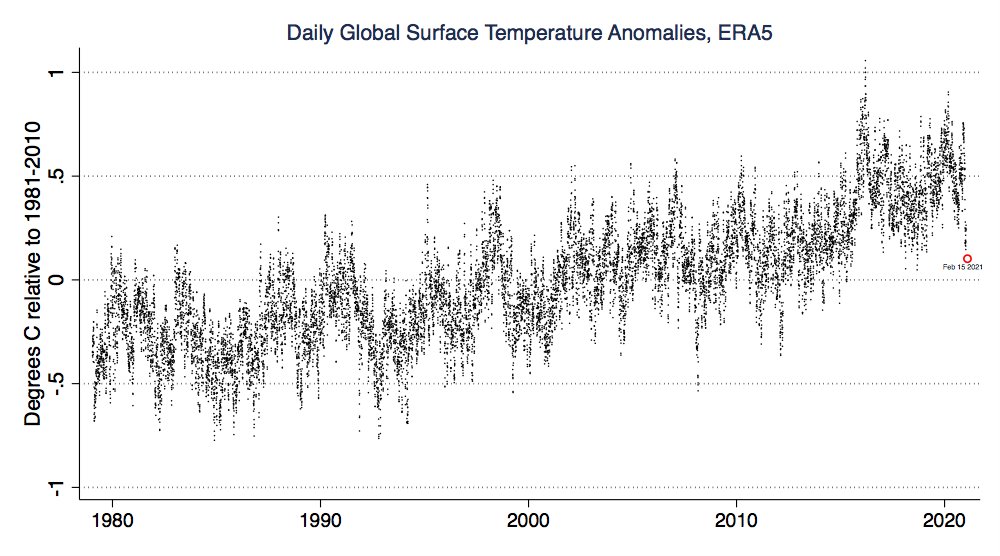
There is some truth in Gates's suggestion that making new clean energy tech cheap for can be more important than deploying existing clean tech.
But it neglects the fact that a big part of making clean tech cheap is deployment: driving economies of scale and learning-by-doing.
But it neglects the fact that a big part of making clean tech cheap is deployment: driving economies of scale and learning-by-doing.

We should recognize the need to do both: accelerate the deployment of existing clean tech to further drive down costs (particularly for more nascent clean tech like EVs that are on the cusp of cost-competitiveness with fossil alternatives) AND dramatically scale up RD&D.
The quote in the original post is from @yayitsrob's excellent interview in the @TheAtlantic this week: theatlantic.com/science/archiv…
I feel like we too often discount the boring part of innovation: streamlining manufacturing, distribution, installation, etc. Much of the success in the dramatic cost declines of solar in the past two decades stem from that rather than fundamental breakthroughs.
To be fair, my framing of "Gates' law" in this case is a bit of an oversimplification of his and Breakthrough Energy's views; they appreciate the role of deployment in driving process innovation and cost reductions.
• • •
Missing some Tweet in this thread? You can try to
force a refresh







